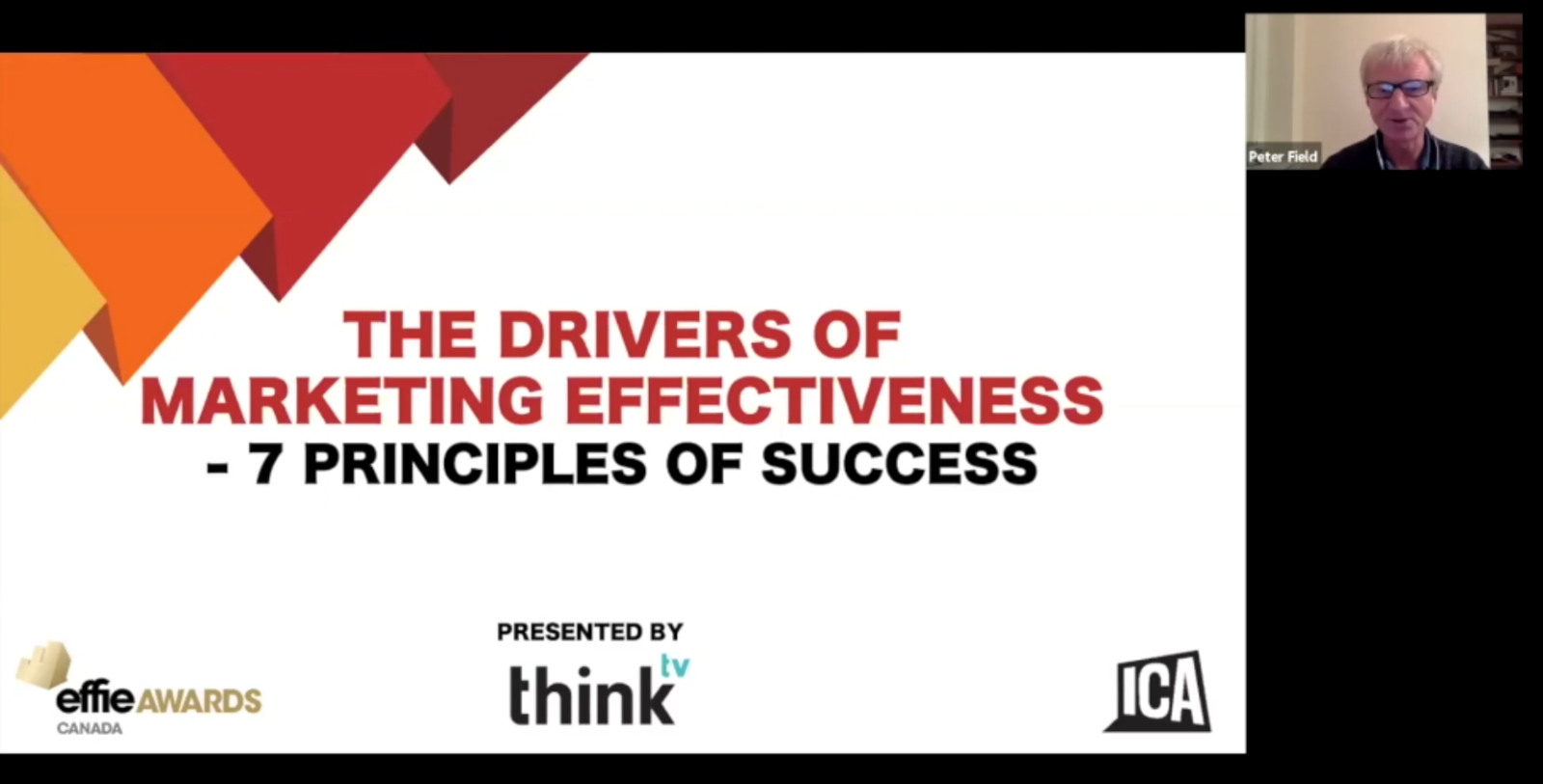

- #7 PRINCIPLES OF MARKETING HOW TO#
- #7 PRINCIPLES OF MARKETING FULL#
- #7 PRINCIPLES OF MARKETING PLUS#
Take time to develop a credible foundation for ROI assessment, using the most appropriate tools and metrics. While individual brands and products can crash quickly or soar high and fast, whole categories are like enormous aircraft carriers and change direction more slowly.īest-in-class industry, return-on-investment models not only assess campaign impacts across a category but also allow individual funders to understand ROI in terms of their own proprietary sales and costs. Particularly for large categories-including some of our own past and present work with milk, or plastics, or canned food-long-term negative trends do not correct quickly. Advocacy campaigns for specific policy goals can of course be much shorter if tied to current events. Our rule of thumb for most industry-wide campaigns to show meaningful national sales impact on a mature category is a minimum three-year funding commitment. The minimum funding levels vary by market, goals, and target, but they are always there. This is a harsh truth that is too seldom discussed or, worse yet, ignored in favor of clever messages that seem too good to fail. If your funding group cannot collectively amass this minimal level of financial resources, there is truly no reason to move forward. Among competitors, trust extends forward more readily than backward into past proprietary insights.ĭespite what many hungry advertising or PR agencies would have you believe, there is in fact a minimal spending level required in order to be heard, or to expect discernable results, in a given marketplace. Most companies will not accept the previous or “legacy” research of competitors as the foundation for a group strategy. New primary research that is jointly defined, funded, and owned by the program funders is the cornerstone for agreement among competitors.

#7 PRINCIPLES OF MARKETING FULL#
A strategic plan for meaningful growth takes more than new ads or PR real, quantifiable business outcomes require a full palette of coordinated marketing, communication, sales, and distribution strategies operating under a cogent and clear business strategy or “theory of the case.” Rather, it is a roadmap of sequential business and marketing actions and reactions leading from the present situation to the desired and specific outcomes. This is not the same as the communications or creative strategy. Simply put, there has to be a clear theory about how the application of collective dollars will be used across multiple marketing and communication channels to achieve the desired policy or business outcome. “Theory of the case” is actually a legal term, but we like it for its simple and comprehensive nature.

Disconnects like this are typically a consequence of moving too quickly to communications planning without a solid business “theory of the case.” In one case we reviewed a $20 million program funded by fewer than 10 members of a food manufacturing industry, who individually thought they were going after entirely different targets and goals. On a number of occasions we have performed audits of existing campaigns that were being funded by companies with wildly different goals and expectations. This seems self-evident, yet our experience suggests that it’s often not. Unless all of the players involved believe that it is equitable, failure to sustain or even form a cooperative program is pretty much assured. This is the most fundamental principle of a collaborative industry marketing campaign and is essential across every aspect of the program’s design, including funding, governance, benefits of the campaign, and preservation of the competitive marketplace.
#7 PRINCIPLES OF MARKETING HOW TO#
These principles are not about how to make an effective ad or social media strategy but rather about the essential foundation of business strategy, funding, governance, and ROI, which all need to be in place before your group starts to think about creative marketing ideas:

And, when done right, industry-wide marketing and advocacy programs can produce results that protect, revive, and drive business.īased on our development and leadership of campaigns like the iconic “Got Milk?” “Plastics Make It Possible,” and the more recent “Cans Get you Cooking,” we have distilled seven principles that lay the groundwork for any successful industry-wide marketing or advocacy campaign. From reputation management to legislative threats, to a mature category in long-term decline, an industry’s shared challenges represent not only critical common ground but also the opportunity to collaborate on a marketing and advocacy effort that serves its common good. Industry associations continue to thrive because of their ability to facilitate their member companies’ need to tackle collective challenges.
#7 PRINCIPLES OF MARKETING PLUS#
How to overcome – or avoid – the challenges of industry-wide marketing efforts As seen in ASAE’s Associations Now Plus


 0 kommentar(er)
0 kommentar(er)
